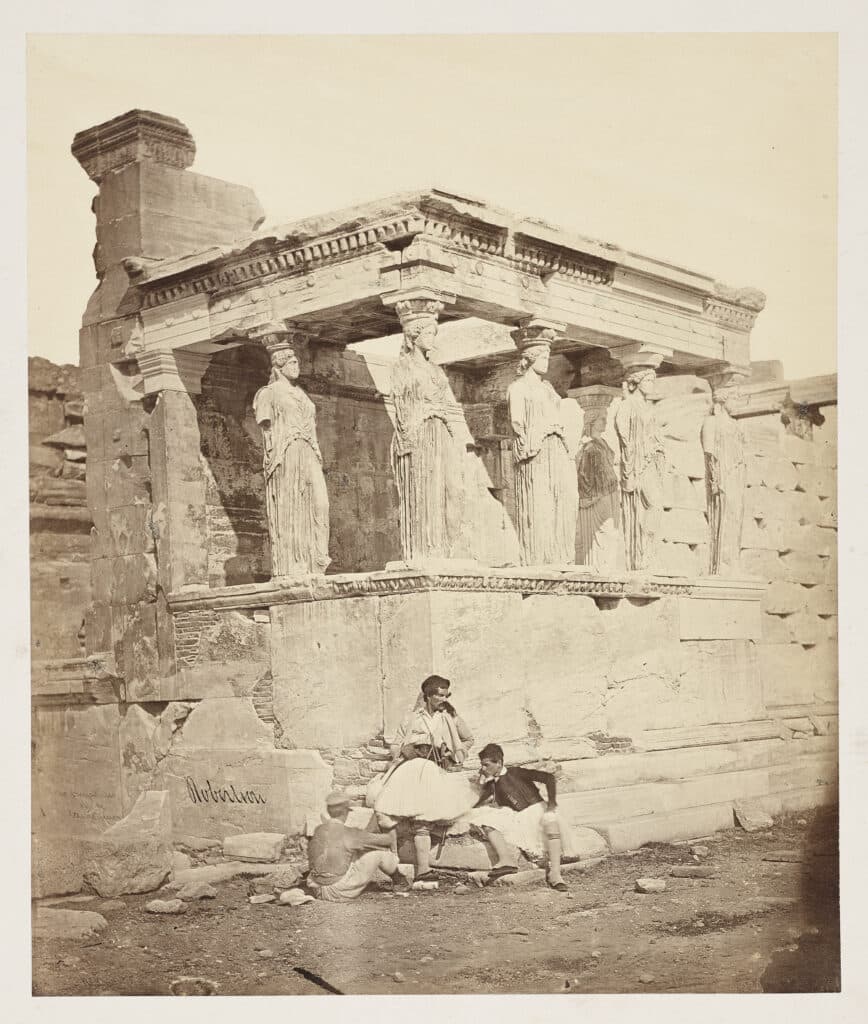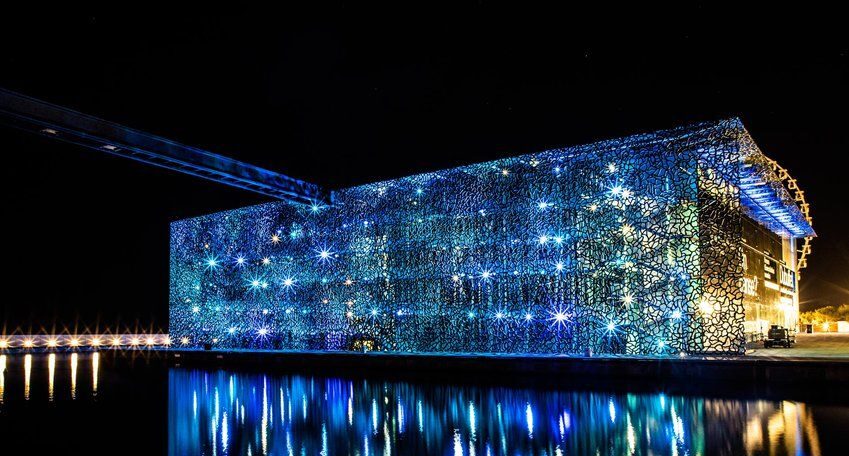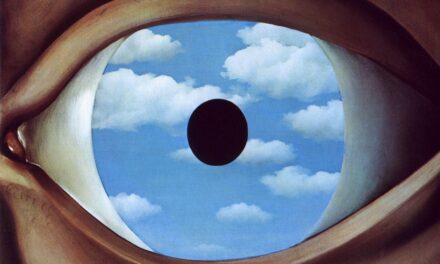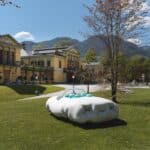Today, the Mediterranean is widely perceived as part of the universal heritage that we would like to share with all its inhabitants and beyond. Where and by whom did this idea originate? How was it shaped and by whom was it transmitted? How was it gradually "invented"? How valid is it today? These are the big questions raised by the new semi-permanent exhibition at Mucem, which follows on from the "Connectivités" exhibition that opened in November 2017.
The exhibition deals with the question of how the Mediterranean region was constructed as part of cultural heritage: Natural heritage, artistic heritage and ethnographic heritage - three approaches whose origins are comparable in time. It aims to show how museums have staged the subject of the Mediterranean. The natural history museums were enriched by the products collected during the great military and later scientific conquests. In the museums of fine arts, the civilizations of the past were first exhibited in the course of the "Grand Tour", then the images of an imagined Orient, which created a falsified image of the Mediterranean. The ethnographic museums that emerged at the time of the colonization of the southern and eastern Mediterranean by the European states were themselves concerned with societies that were far removed, either geographically or in terms of their perception of cultural differences. The sincere scientific and human interest in the Other is sometimes difficult to distinguish from the interests and undertakings of the colonial powers.

James Robertson, Les Cariatides de l'Erechteion, Athènes, 1853, tirage photographique, 30.8 x 26 cm, Mucem, inv. 2023.14.1 © Mucem
The exhibition will present the Mucem and its identity in a historical and disciplinary dynamic, placing its founding collections in their relations with other fields in order to show its origins but also its uniqueness in the museum landscape. Around 300 works (paintings, sculptures, objets d'art, prints, furniture, everyday objects, costumes, etc.) will be on display, mainly from the Mucem's collections and major French collections.
June 5, 2024 to December 31, 2026






















